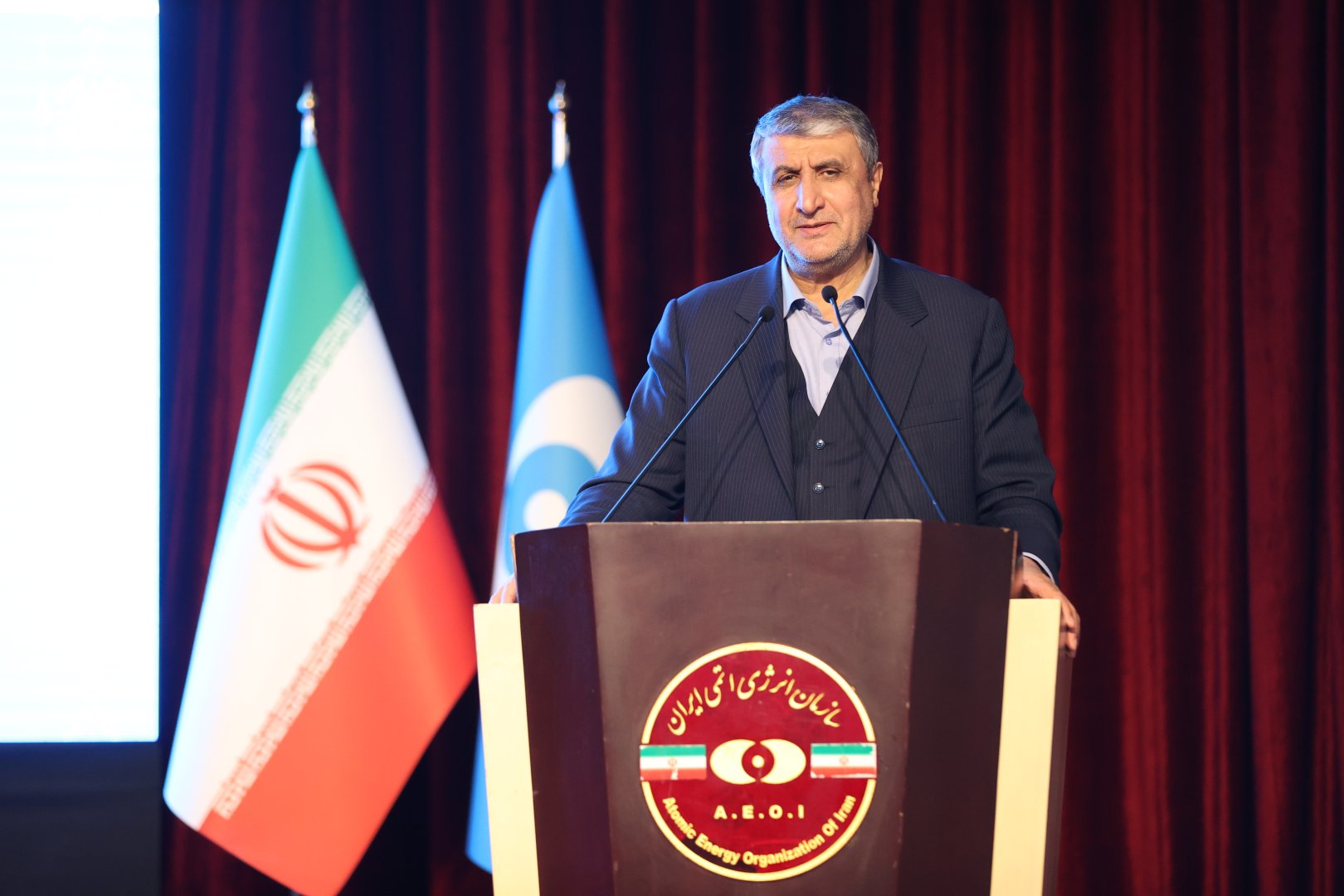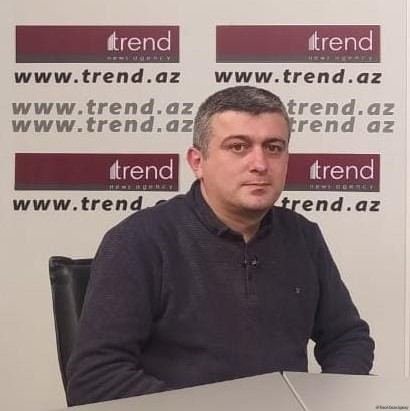BAKU, Azerbaijan, May 13. Iran is currently producing 70 types of radiopharmaceuticals used in medical treatment, said Mohammad Eslami, Vice President of Iran and Head of the Atomic Energy Organization of Iran (AEOI), Trend reports.
Speaking at an event held at Alborz University of Medical Sciences, Eslami noted that these radiopharmaceuticals are distributed across 230 treatment centers throughout the country. Presently, around 6,500 nuclear medicine centers are providing services to 85,000 radiology patients.
The VP highlighted Iran's significant advancements in nuclear technology, emphasizing the crucial role of nuclear energy in electricity generation and industrial activities. He also pointed out the vast potential of nuclear applications in medicine and environmental protection.
Iran has officially affirmed that its strategy is not to pursue the development of an atomic bomb and that it does not support the production of weapons of mass destruction.
On January 16, 2016, the JCPOA came into force between Iran and the P5+1 group (US, Russia, China, the UK, France, and Germany) regarding Iran’s nuclear program. However, on May 8, 2018, the US withdrew from the Joint Comprehensive Plan of Action (JCPOA) between Iran and the 5+1 group (Russia, China, the UK, France, the US, and Germany) and imposed new sanctions on Iran starting from November 2018.
By the end of 2020, the Iranian parliament decided to pursue a strategic plan in the nuclear sector to counter the sanctions, leading to a suspension of additional steps and the Additional Protocol as per the nuclear agreement.
Consequently, the International Atomic Energy Agency (IAEA) faced a reduction in monitoring capabilities by 20–30 percent.
Stay up-to-date with more news on Trend News Agency's WhatsApp channel







